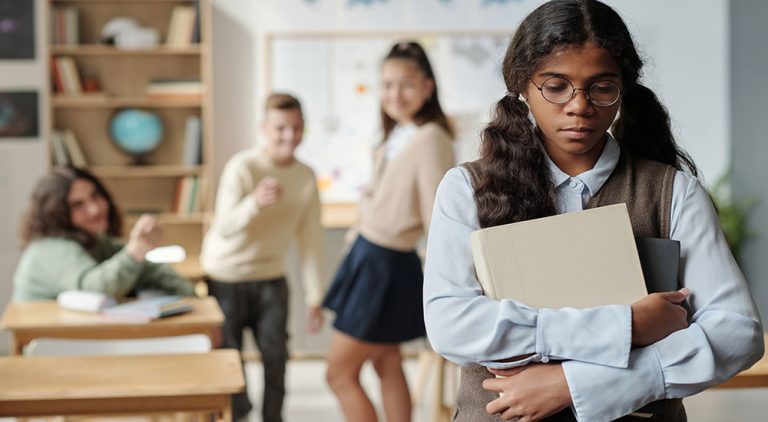What is proprioception and how does it affect children with special needs?
Proprioception – the body’s ‘Sixth Sense’ – is a very big word. So, what is proprioception and how does it affect children with special needs? It’s the awareness of where one’s body and body parts are situated in relation to the environment. With a properly developed proprioceptive sense, your children can perform tasks such as feeding themselves without having to watch the fork travel to their mouths or can climb a staircase without looking at their feet.
 The vestibular sense – another big word – also known as the movement, gravity and/or balance sense, allows us to move smoothly. We can keep our balance while engaged in activities because of this sense. It also helps with balance while we walk and run, and it helps us stay upright when we sit and stand. With a properly developed vestibular sense, children will have, among other things, better balance, visual tracking, and self-regulation.
The vestibular sense – another big word – also known as the movement, gravity and/or balance sense, allows us to move smoothly. We can keep our balance while engaged in activities because of this sense. It also helps with balance while we walk and run, and it helps us stay upright when we sit and stand. With a properly developed vestibular sense, children will have, among other things, better balance, visual tracking, and self-regulation.
Self-regulation is being able to understand and manage your behaviour and your reactions. It helps children and teenagers learn, behave well, get along with others and become independent. It begins to develop in the toddler and preschooler years and continues to develop into adulthood. When the proprioceptive and vestibular senses are well developed, sitting still is much easier for children.
Children with special needs, such as autism spectrum disorder, attention deficit hyperactivity, and sensory processing disorder, may experience challenges in processing proprioceptive input. They may show signs such as clumsiness, difficulty with fine and gross motor skills, poor posture, and an excessive need for physical pressure such as seeking tight hugs. Gross motor skills involve large muscle groups and whole-body coordination, such as walking, running, jumping, and throwing. Some children may have difficulty judging the force needed for tasks such as writing or holding objects. Others may struggle with body awareness, leading to difficulties in navigating spaces, engaging in sport, or even dressing themselves.
The critical period for the development of these senses is before the age of seven. And the best way to promote their development is to allow children to move – to jump, bounce, spin, swing, and hang upside down. Children enrolled in school and centres from infancy and leading scheduled, overprotected lives, are being denied these opportunities. Hence, they may have trouble sitting still and staying upright. Encourage your children to play on the wonderful, dizzying merry-go-round. Playing catches, running, and cartwheels, are among other necessary activities for the development of these senses.
By including the following suggestions into daily routines, children with special needs can develop stronger proprioceptive skills, leading to improved confidence, motor control, and overall well-being.
- Pushing, pulling, climbing – and lifting, or carrying heavy objects.
- Firm hugs, weighted blankets, compression clothing, or using therapy balls to apply deep pressure.
- Movement through structured physical play.
- Clay play or squeezing stress balls.










